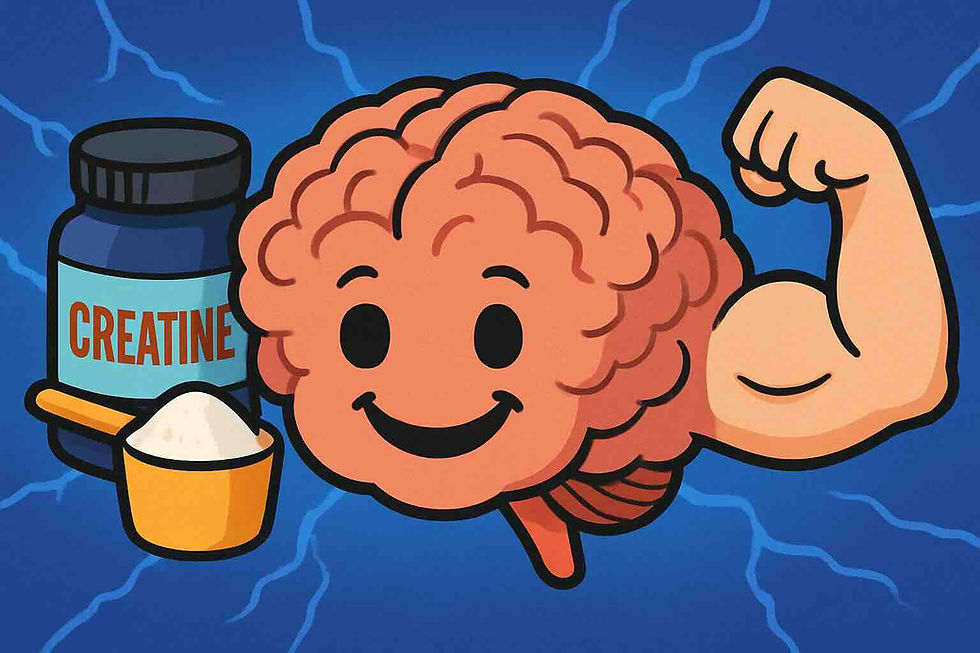Step Down to Step Up: Why 7,000 Is the New 10,000
- Dmitri Konash

- Jul 25
- 4 min read
The July 2025 research in The Lancet shows that 7K steps/day is a critical point for CVD, brain health and overall mortality risk improvements

Does the 10K steps/day target still hold?
Breaking: Science officially gives you permission to feel good about not hitting 10,000 steps
If you've ever felt like a failure for only managing 7,000 steps on your fitness tracker while that smug 10,000-step goal mocks you from your wrist, we have fantastic news. Recent groundbreaking research published in The Lancet (link below) suggests you can stop apologizing to your step counter and start celebrating instead.
The Great Step Count Conspiracy (Finally Exposed)
For years, we've been chasing the mythical 10,000 steps like it was handed down on stone tablets. But here's the plot twist: that number was actually created by a Japanese marketing company in the 1960s to sell pedometers. Meanwhile, scientists have been quietly doing the real work, and their findings might just change how you think about your daily walks.
A massive new study analyzing data from 57 studies and hundreds of thousands of people has delivered a game-changing conclusion: 7,000 steps per day is where the magic happens.
What This Actually Means for Your Health (Spoiler: It's Really Good News)
The researchers didn't just count steps and call it a day. They tracked how daily step counts affected everything from heart disease to dementia, and the results are genuinely impressive. Compared to sedentary folks managing just 2,000 steps daily, people hitting 7,000 steps saw:
47% lower risk of dying from any cause (yes, you read that right)
25% lower risk of heart disease
38% lower risk of dementia (your future self will thank you)
22% lower risk of depression (steps as antidepressants? Science says yes)
37% lower risk of dying from cancer
14% lower risk of type 2 diabetes
28% lower chance of dangerous falls
These aren't small improvements we're talking about – these are the kind of numbers that make doctors do double-takes.
The Sweet Spot Science
Here's where it gets interesting: the research revealed that most health benefits follow what scientists call a "non-linear dose-response." In plain English? You get the biggest bang for your buck in that 5,000-7,000 step range. After that, you're still getting benefits, but the curve flattens out.
Think of it like eating pizza – the first few slices are absolutely life-changing, but by slice seven, you're experiencing diminishing returns (though admittedly, pizza and steps work differently on your body).
Why 7,000 Steps Isn't Just Good Science – It's Good Sense
Let's be honest: 10,000 steps can feel overwhelming. That's roughly 5 miles for most people, which means you're either power-walking for an hour and a half or taking the scenic route to absolutely everywhere.
But 7,000 steps? That's about 3.5 miles, or roughly 30-40 minutes of walking spread throughout your day. Suddenly, we're talking about:
Taking the stairs instead of the elevator
Parking at the far end of the lot (and actually meaning it)
Walking to lunch instead of driving
Having phone calls while pacing around your living room
Taking an actual lunch break walk (revolutionary concept, we know)


